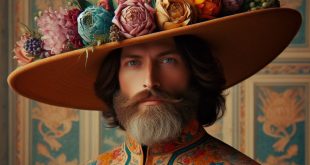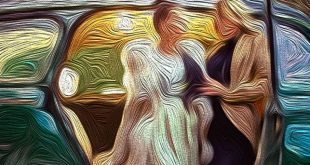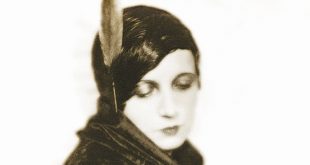 A photographic language that fascinates and disturbs
A photographic language that fascinates and disturbs
Imagine you received this photo of me. It is a re-enactment of a historical battle, with a soldier in the foreground wearing a red and black uniform and a hat with a red feather. The soldier holds a musket and a backpack in his hands. The background is a field with smoke and other soldiers. To create a surrealistic photo on this theme, you can use different techniques, such as photomontage, multiple exposures, levitation, juxtaposition of foreign objects, changing perspective or the use of reflections. These techniques allow you to create images that defy logic and reality, just as the artists of the Surrealist movement did. You could replace the soldier’s face with a melting clock – like in a famous Dali work – and create a contrast between the real and the imaginary by adding a lunar landscape in the background.
To put things out of their element it is necessary to create contrasts between objects and the context in which they are found, inserting something unusual into the scene, such as an umbrella in the middle of the desert. Like the busyness of the dog who, with his nose, tries to find game, surrealist photography https://www.vam.ac.uk/articles/surrealist-photography also wants to procure something. Those who experience this art form do not pass by place after place or even rummage everywhere. If you want to represent the world of the unconscious, dreams and emotions, you have to use strange, unusual or impossible images. Solarization and collage, photomontage, double exposure and distortion are some of the techniques used by surrealist photographers such as Man Ray, Philippe Halsman, Eugène Atget and Hans Bellmer.
Anyone who takes a surrealist photograph through photocomposition combines multiple photos to create a new image using software that even allows you to replace the shell of a snail with a house. The multiple exposure technique consists in superimposing several photos taken with the same shot but with different subjects; feasible during shooting using the camera’s multiple exposure mode, or in post-production, involves the use of photo editing software and allows transparency, duplication or blending effects. Levitation photography creates the illusion that the subject – person, object or animal – is floating in the air; this technique uses chairs and wires, or removes disturbing elements in post-production. The technique of changing perspective changes the point of view from which reality is viewed; involves different angles, distances and sizes than usual, changing the position of the camera, as well as the use of wide-angle, fish-eye or macro lenses. By taking advantage of reflective surfaces – such as mirrors, glass, water or metals – it becomes possible to create images that play with symmetry, duplication or deformation. Try taking a photo of a landscape reflected in a drop of water, or of a face deformed by a curved mirror.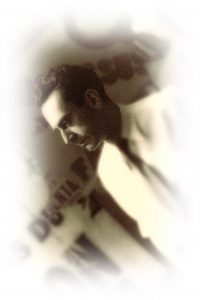
For Man Ray https://meetingbenches.com/2022/03/the-unconventional-artist-with-infinite-interests-man-ray-casual-but-not-indifferent-photographer/, what matters is the idea, not the camera. Le violon d’Ingres, one of his photographic portraits from 1924, a truly creative act in the form of two violins, depicted the bare back of a model retouched with felt-tip pen strokes. Born in Philadelphia in 1890, he was a painter and photographer, as well as the author of new expressive methods that contrasted with the tastes of his time. By embracing the Surrealist movement with photos that evoked elusive dreams, this photographer was able to explore alterations of the unconscious. His sculptures are famous, as is his Object to Destroy, a metronome with a photograph of an eye. In 1963 he published his autobiography, while in 1975 he exhibited his photographs at the Venice Biennale. His body was buried in the Montparnasse cemetery, where you can read on his epitaph: Casual, but not indifferent.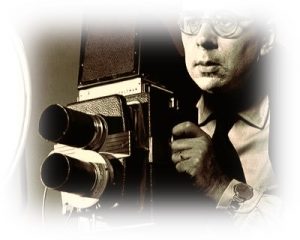
Philippe Halsman https://meetingbenches.com/2018/12/philippe-halsman-american-photographer-when-you-ask-a-person-to-jump/ to please himself, then he did it to please his friends and finally he did it for money. His idea was that the photographer’s head was more important than the camera he used. When France was invaded by Germany, he managed to obtain a visa to the United States, where he became a famous photographer. Born on a May Day in 1906 in Latvia, upon arriving in France he began collaborating with fashion magazines and earned a good reputation among portrait photographers. His book on creating photographic ideas discussed the ways in which photographers could produce unusual work. Using an innovative twin-lens reflex camera, which he designed himself, he opened a portrait studio in Montparnasse. As for the permanent collections, the Brooklyn Museum in New York also hosts the creative dreams of this artist.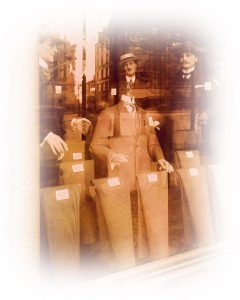
His images sometimes appear almost surreal, with a sense of unreality that fascinates the viewer. Eugène Atget https://www.moma.org/artists/229 is considered one of the precursors of surrealist photography. His Parisian images of the early 20th century captured the beauty and mystery of the city, often with a touch of humor or irony. He was a self-taught photographer who worked as a set designer before turning to photography. His first images were of landscapes and architecture, but he soon began to focus on everyday life in Paris. His images of cafes, theaters, streets and shops captured the atmosphere of the city with rare realism. He used natural light to create dramatic and atmospheric effects, and with such mastery he masterfully manipulated light and shadow. He died in 1927, but his work influenced the surrealist photography of Man Ray, Salvador Dalí and André Breton. A visionary photographer who saw the potential of photography to capture the beauty and mystery of the world, he continues to inspire photographers today.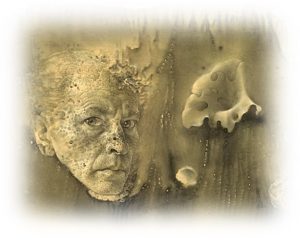
His images, which explore sexuality, perversion and violence, are characterized by a strong sense of restlessness and morbidity. Born in 1902 into a wealthy family in Kattowitz, Germany, Hans Bellmer https://oliviermalingue.com/artists/108-hans-bellmer/biography/ became one of the most important exponents of surrealist photography. To create his photographs of him he even used dolls and mannequins, transforming them into deformed and disturbing figures that represent the darkness of the human psyche. In 1929 he moved to Paris, came into contact with the surrealist movement and created photos that explored themes such as death, madness and violence. During World War II, he was forced to hide in Paris to escape Nazi persecution, but continued to work on his increasingly provocative photographs of himself. He died in Paris in 1975, but left us works exhibited in museums around the world.
 If you want to know already published photographic stories, you can type https://meetingbenches.com/category/photography/. The intellectual properties of the images that appear on this blog correspond to their authors. The sole purpose of this site is to spread the knowledge of these creatives, allowing others to appreciate the works.
If you want to know already published photographic stories, you can type https://meetingbenches.com/category/photography/. The intellectual properties of the images that appear on this blog correspond to their authors. The sole purpose of this site is to spread the knowledge of these creatives, allowing others to appreciate the works.
 Meeting Benches World art in all forms
Meeting Benches World art in all forms

